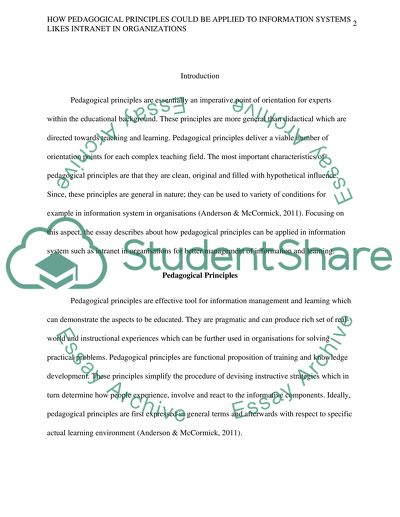Cite this document
(“How pedagogical principles could be applied to information systems Coursework”, n.d.)
How pedagogical principles could be applied to information systems Coursework. Retrieved from https://studentshare.org/information-technology/1492119-how-pedagogical-principles-could-be-applied-to
How pedagogical principles could be applied to information systems Coursework. Retrieved from https://studentshare.org/information-technology/1492119-how-pedagogical-principles-could-be-applied-to
(How Pedagogical Principles Could Be Applied to Information Systems Coursework)
How Pedagogical Principles Could Be Applied to Information Systems Coursework. https://studentshare.org/information-technology/1492119-how-pedagogical-principles-could-be-applied-to.
How Pedagogical Principles Could Be Applied to Information Systems Coursework. https://studentshare.org/information-technology/1492119-how-pedagogical-principles-could-be-applied-to.
“How Pedagogical Principles Could Be Applied to Information Systems Coursework”, n.d. https://studentshare.org/information-technology/1492119-how-pedagogical-principles-could-be-applied-to.


